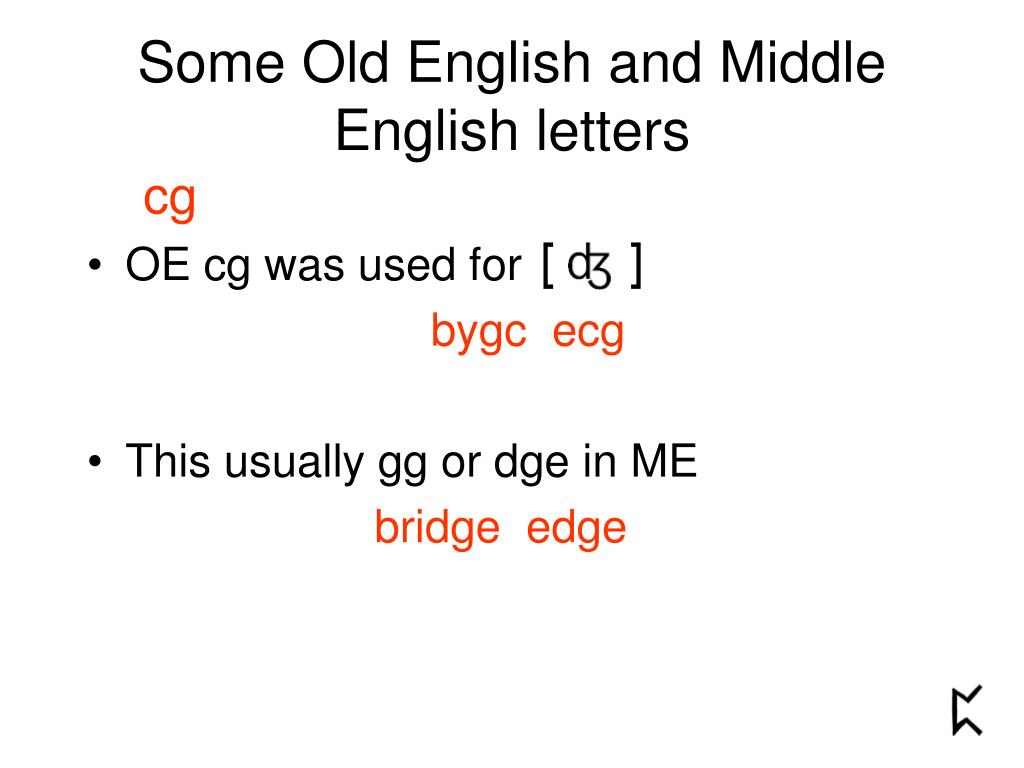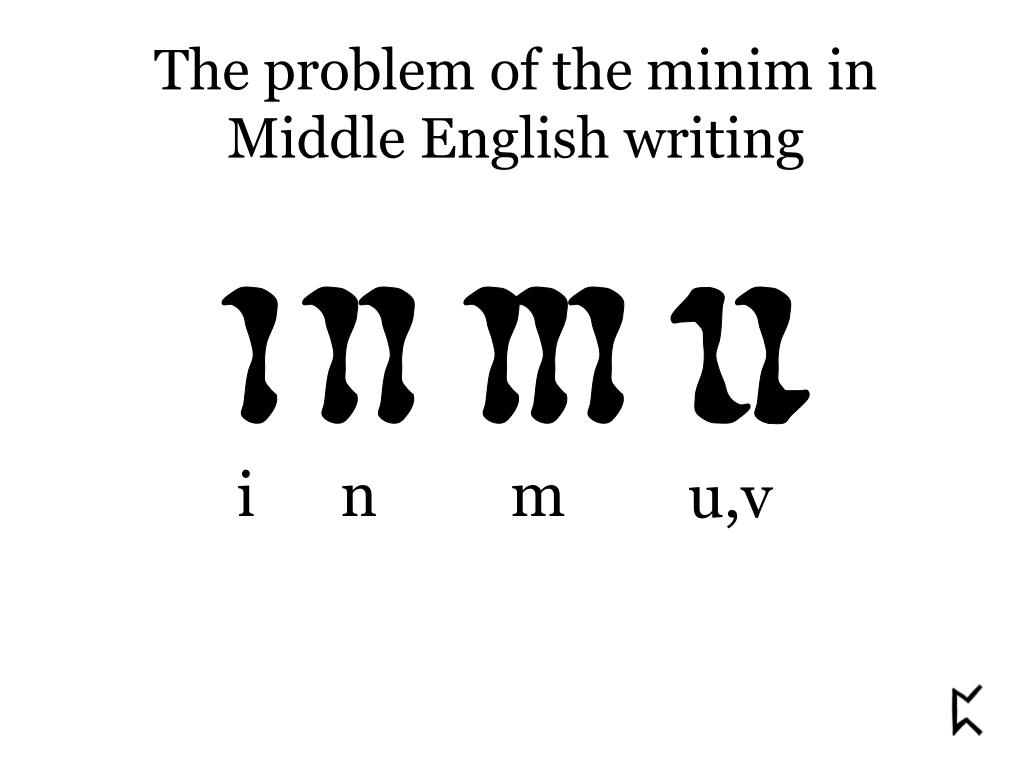
What looks like one stroke was actually a wedge pointing downward. The nub acquired its form in the blackletter style of writing. For this reason, the short s was also normally used in combination with f: for example, in "ſatisfaction". There was no nub in its italic type form, which gave the stroke a descender that curled to the left and which is not possible without kerning in the other type forms mentioned. The long s is often confused with the minuscule ⟨ f⟩, sometimes even having an f-like nub at its middle but on the left side only in various Roman typefaces and in blackletter. Two words ("ſecret foe") extracted from the 1667 printing of the poem " Paradise Lost" (Book IV page 1), showing f and long s In German typography, the rules are more complicated: short s also appears at the end of each component within a compound word, and there are more detailed rules and practices for special cases. The double s in the middle of a word was also written with a long s and a short s, as in: "Miſsiſsippi". Thus, the general rule that the long s never occurred at the end of a word is not strictly correct, although the exceptions are rare and archaic. During this period, it was occasionally used at the end of a word, a practice that quickly died but that was occasionally revived in Italian printing between about 14. When the distinction between majuscule (uppercase) and minuscule (lowercase) letter forms became established, toward the end of the eighth century, it developed a more vertical form. The long s was derived from the old Roman cursive medial s, ⟨ ⟩. JSTOR ( October 2019) ( Learn how and when to remove this template message).Unsourced material may be challenged and removed. Please help improve this article by adding citations to reliable sources in this section. This section needs additional citations for verification. In handwriting, these rules do not apply-the long s is usually confined to preceding a round s, either in the middle or at the end of a word-for example, "aſsure", "Bleſsings".

Otherwise, long s is used: "ſong", "ſubſtitute". In the 17th century, the round s was used before k and b: "ask", "husband" in the 18th century: "aſk" and "huſband".(When hyphenation was not required, the word was spelled Shaftsbury, with a round s. Before a breaking hyphen at the end of the line, a long s must be used: "Shaftſ-bury".Before and after an f, a round s is used: "offset", "ſatisfaction.".Before an apostrophe (indicating an omitted letter), a round s is used: "us'd" and "clos'd".




 0 kommentar(er)
0 kommentar(er)
